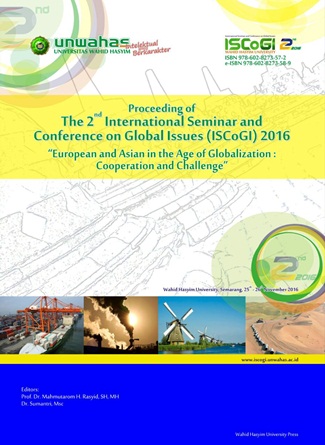Ballistic Resistance Plates: Review of the Metallurgical Science and Al-Kahf 95-97
Abstract
The aim of this paper is to review steel as ballistic resistance plate (armor plate) from modern metallurgical science which has also been revealed in Holly Quran. Steel is one of the metal materials has been widely applied as ballistic resistant materials. A ballistic characteristic is the ability to put a halt projectile at very high velocity. Steel plate has been developed to improve armor material and was still the main choice as a material for armored fighting vehicle (AFV) construction. With the alloying of the steel and heat treatment process can improve hardness, strength, impact resistance and ballistic resistance. Alloying with elements of Nickel (Ni), chromium (Cr), molybdenum (Mo) and manganese (Mn) in the melting process may increase hardness. Heat treatment by quench can maximize hardening and tempering can improve the toughness. The addition of the element “copper (Cu)†by means of heating the steel as adam (boundary walls) are impassable and impenetrable have been demonstrated in Holly Quran Surah Al-Kahf verses 95-97.
Keywords: ballistic resistance, alloying, heat treatment, Al-Kahf 95-97Â

